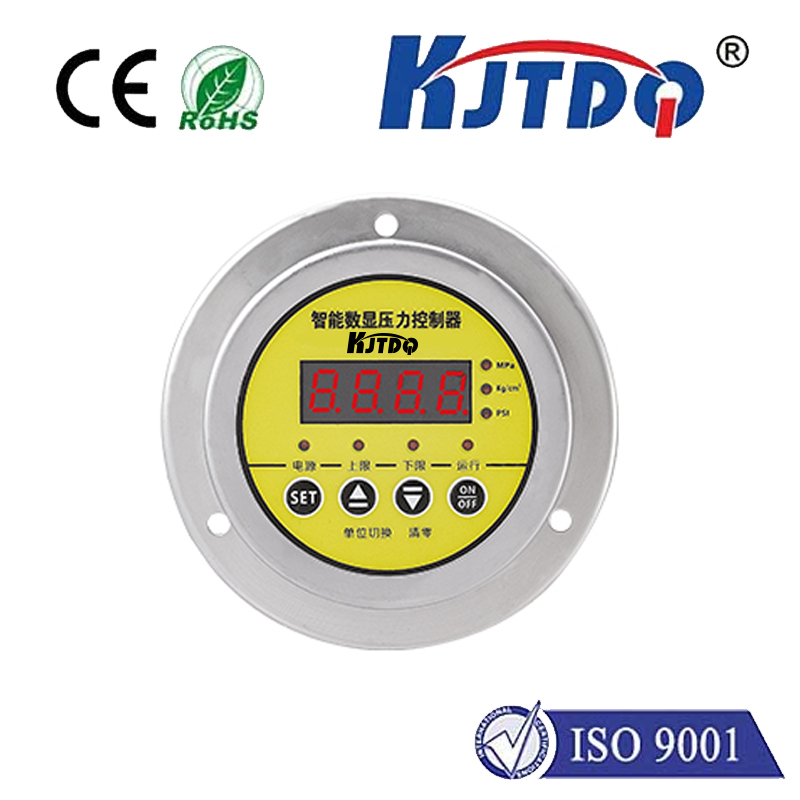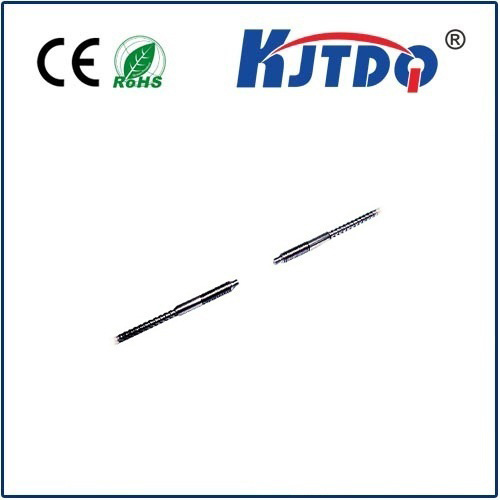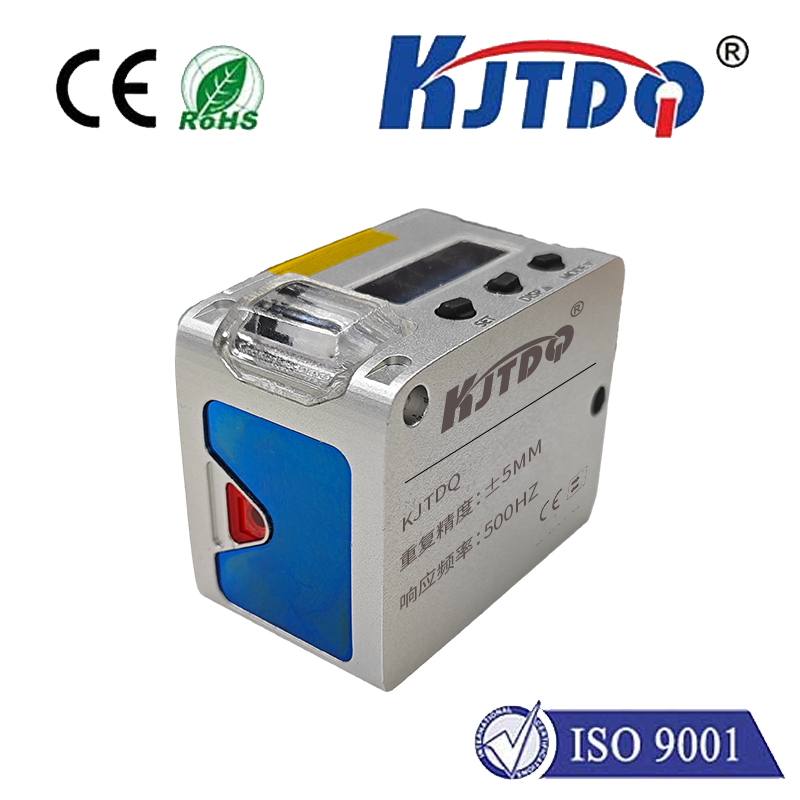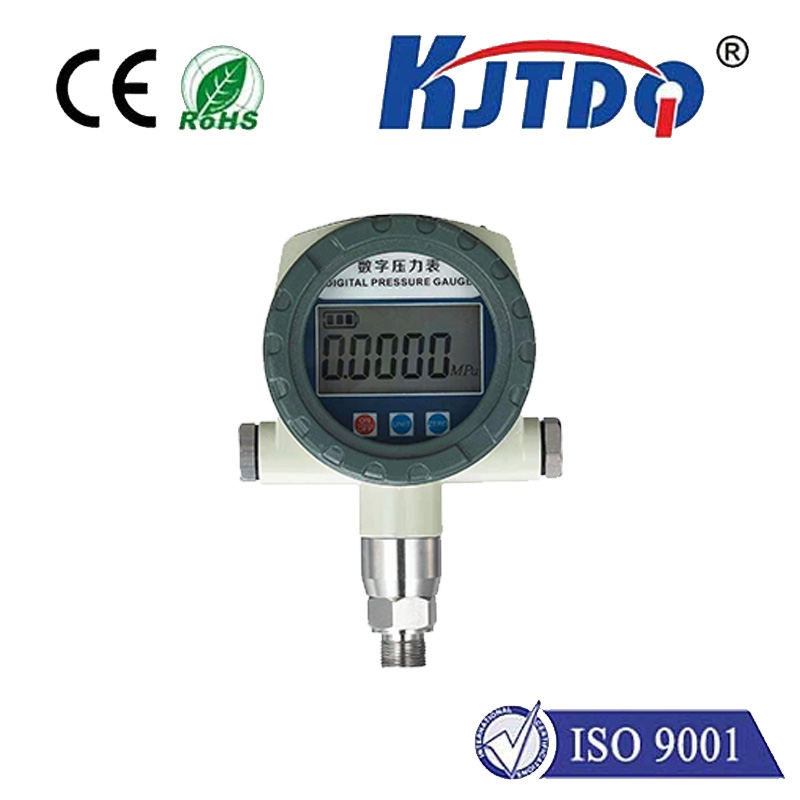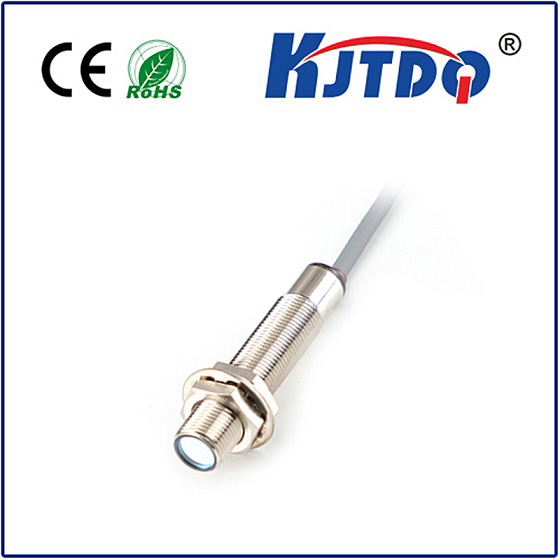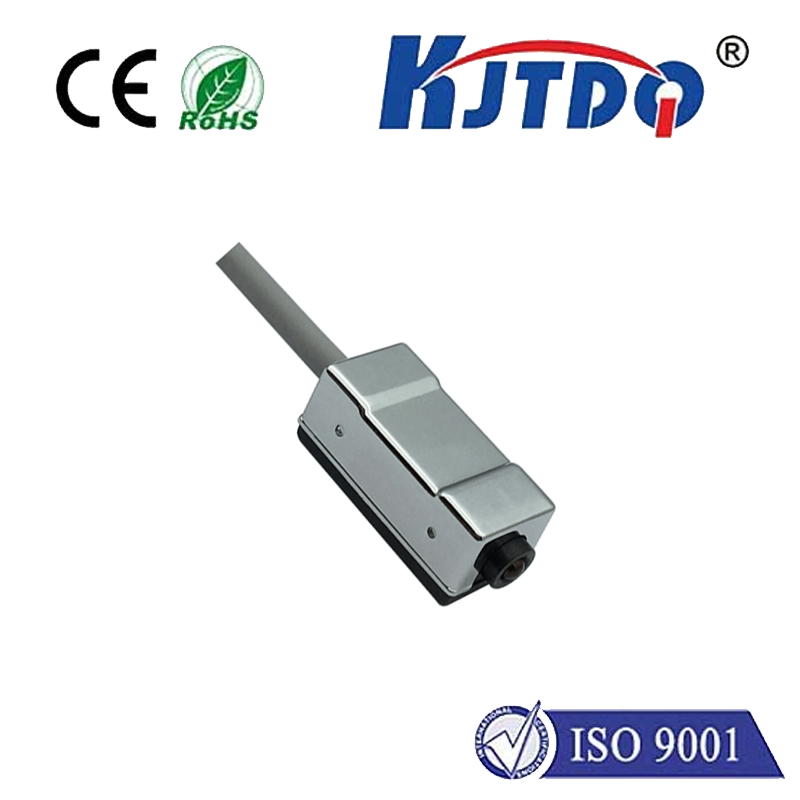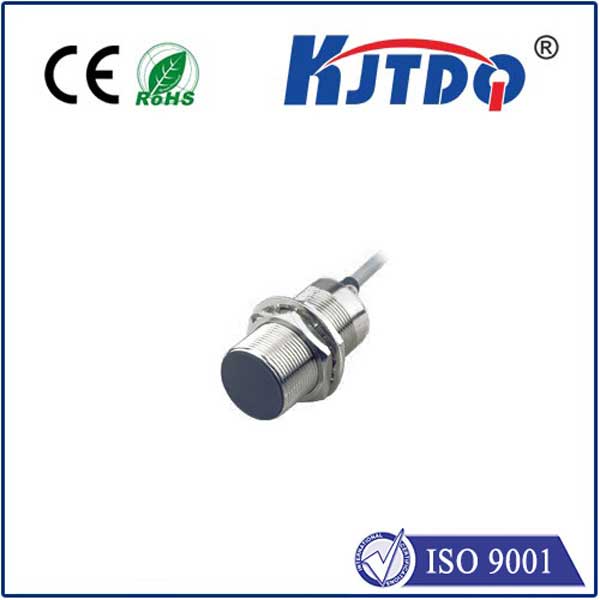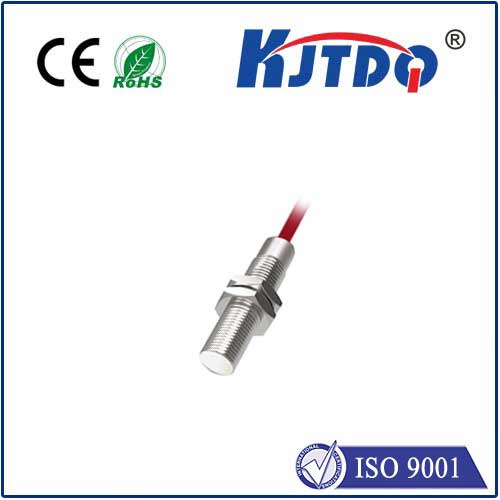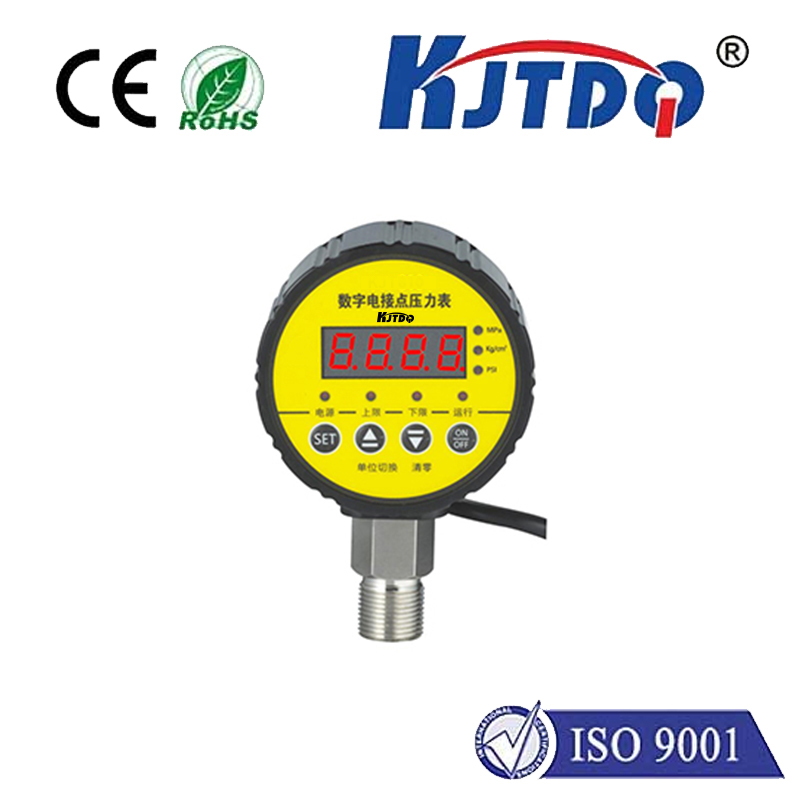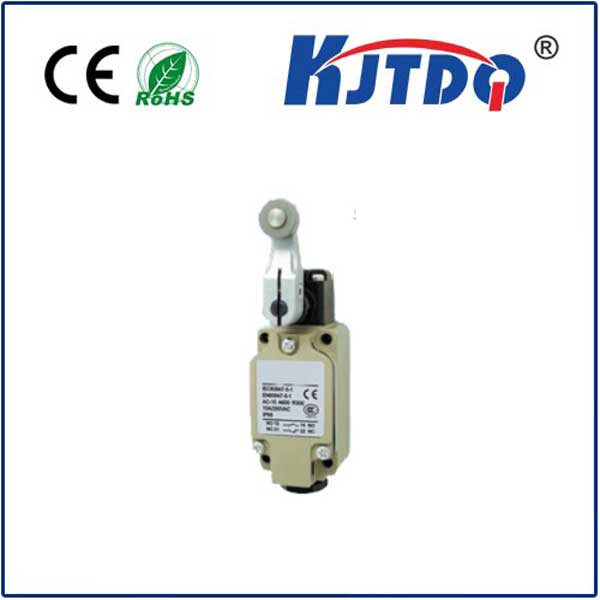capacitive photoelectric sensor
- time:2025-07-23 15:01:57
- Click:0
Capacitive Photoelectric Sensors: Where Light Meets Precision Contactless Detection
Imagine a sensor that can see objects like an optical eye and feel subtle material presence like a touch – all without ever making physical contact. This isn’t sci-fi; it’s the practical reality of capacitive photoelectric sensors, a sophisticated hybrid technology redefining precision detection in demanding industrial settings. Blending the robust object detection capabilities of photoelectric sensors with the unique material-sensing strengths of capacitive technology, these devices offer solutions where traditional sensors fall short. They represent a significant leap in non-contact sensing, solving specific problems inherent in complex automation environments prone to interference, varying material types, or challenging environmental conditions.
Understanding the Core: Two Technologies Converge
At its heart, a capacitive photoelectric sensor integrates two distinct sensing principles into a single unit:
- Photoelectric Sensing Principle: This core function operates like a standard photoelectric sensor. It utilizes a light emitter (usually an LED or laser diode) and a light receiver (phototransistor or photodiode). The sensor detects the presence, absence, or distance of an object by analyzing changes in the transmitted light beam. This could be through beam interruption (object blocking the light between separate emitter and receiver), retro-reflective detection (light bouncing off a reflector back to the sensor, interrupted by an object), or diffuse reflection (light emitted hits the object and scatters some back to the receiver housed in the same unit). Photoelectric sensing excels at long-range detection and identifying clear objects or specific colors.
- Capacitive Sensing Principle: This adds another layer of intelligence. It relies on generating an electrostatic field around the sensor’s active face. When an object (conductive or non-conductive, but with sufficient dielectric constant or conductivity) enters this field, it disrupts the field, altering the sensor’s capacitance. This measurable change triggers the output signal. Capacitive sensing is exceptionally good at detecting materials irrespective of their optical properties – liquids behind glass, levels in non-metallic containers, or different types of plastics and powders. Its key strength lies in ignoring optical interference like dust, steam, or ambient light variations that often plague purely photoelectric sensors.
The true power lies in the fusion. The sensor leverages the photoelectric side for reliable, long-range object presence/absence detection, while the capacitive channel provides critical immunity to environmental optical noise and the ability to detect materials based on their inherent physical properties.

Solving the Limitations: Where Pure Technologies Struggle
Both traditional photoelectric and capacitive sensors have distinct critical limitations:
- Pure Photoelectric Sensors: Highly susceptible to false triggering caused by:
- Dust, fog, steam: Can scatter or block light beams.
- Ambient light: Bright sunlight or stray reflections can overwhelm the receiver.
- Target optical properties: Clear glass, certain plastics, or objects with erratic surfaces (like crumpled foil) can be difficult or impossible to detect reliably.
- Pure Capacitive Sensors:
- Limited Sensing Range: Typically offer significantly shorter detection distances compared to photoelectric sensors.
- Material Sensitivity Variation: Detection distance and reliability can vary greatly depending on the target material’s dielectric constant and size/shape.
- Susceptibility to Environment: Humidity changes or the presence of other conductive objects near the sensing field can cause interference or false triggers.
Capacitive photoelectric sensors directly address these weaknesses. The photoelectric component handles the core detection reliably over distance, while the capacitive element acts as a sophisticated filter. If optical interference (like heavy dust) tries to trigger the photoelectric circuit, the capacitive channel, unaffected by the dust but sensitive to the actual presence or absence of the target material in its field, provides a confirmation signal. Only when both conditions are met (photoelectric sees a change and the capacitive field senses a qualifying material disturbance) does the sensor switch its output. This dual verification dramatically enhances reliability.
Key Applications: Precision Where It Matters Most
The unique capabilities of capacitive photoelectric sensors make them invaluable in sectors demanding supreme reliability amidst challenging conditions:
- Packaging & Material Handling: Detecting transparent films, bottles, or shiny labels on conveyor lines where reflections or material variations cause pure photoelectric sensors to falter. Verifying the presence of liquids in bottles (capacitive senses liquid through glass/plastic, photoelectric confirms bottle position). Monitoring fill levels in non-metallic containers.
- Food & Beverage Processing: Detecting products on vibratory feeders obscured by steam or foam. Ensuring correct placement of lids or seals on containers regardless of condensation. Checking liquid levels in tanks or pipes.
- Automotive Manufacturing: Verifying the presence of components made from diverse materials (plastic clips, rubber gaskets, metal brackets) on fast-moving assembly lines, immune to oil mist or coolant spray.
- Woodworking & Panel Processing: Detecting wood panels, MDF, or laminates reliably, ignoring sawdust contamination that would blind standard optical sensors.
- Pharmaceuticals: Ensuring vial or blister pack presence and fill level verification in sterile environments, overcoming challenges posed by clear materials and cleanroom protocols. Detecting powders in hoppers.
The Unique Advantage: Reliability Through Fusion
The core value proposition of capacitive photoelectric sensors is uncompromising reliability in complex scenarios. They provide robust non-contact detection through:
- Enhanced Immunity: Superior resistance to optical interference (dust, steam, fog, ambient light) compared to pure photoelectric sensors.
- Material Versatility: Ability to detect objects based on physical properties (through the capacitive channel) plus optical detection, handling a wider range of targets including transparents, mirrors, and various non-metallics.
- False Trigger Prevention: The logic requiring both sensing principles to agree drastically cuts down on erroneous signals caused by environmental factors alone.
- Simplified Installation: Offers the benefits of two sensor types in one compact housing, reducing design complexity and potential points of failure compared to using separate sensors and complex logic controllers.
For engineers and system integrators facing detection challenges where environmental contamination or target material inconsistencies are the norm, capacitive photoelectric sensors deliver a powerful, integrated solution. They unlock new levels of process stability and quality control in applications where standard sensors consistently struggle, proving that sometimes, the most effective solution truly is the best of both worlds. They are particularly indispensable in sectors like high-speed packaging, food processing with inherent steam, or automotive lines plagued by coolant mist and oil.






